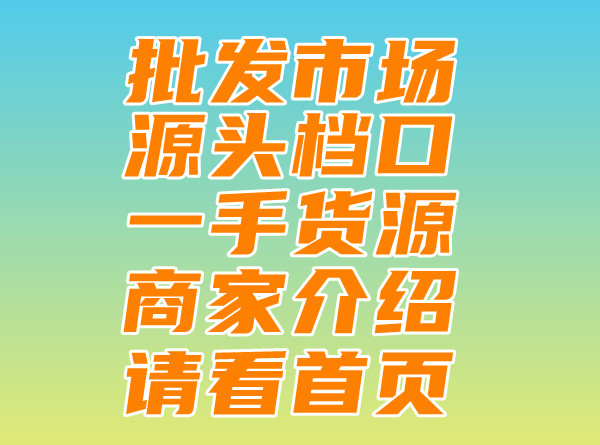Luxury Reproduction Rules: Understanding the Guidelines of Quality Replicas in Detail
Luxury Reproduction Rules: Understanding the Guidelines of Quality Replicas in Detail,
**Luxury Brand Replication Rules**
Introduction
In the realm of high-end fashion and luxury goods, the concept of replication rules holds a delicate balance between art, design, and business ethics. As luxury brands continue to grow in popularity and influence, the emergence of replicated or "replica" products has become a complex issue that requires careful consideration. These replicated items are often meticulously crafted to imitate the original designs of luxury brands and, at times, even compete in quality. However, the rules surrounding their production and sale are crucial to understand for both brand owners and consumers.The Nature of Luxury Brand Replication
Firstly, it is important to recognize that the term "replica" itself implies a certain level of imitation or duplication. In the context of luxury brands, these replicas are often produced by independent manufacturers who aim to replicate the design and sometimes even the quality of the original product. However, unlike the genuine luxury goods, which often carry the brand's authenticity, history, and expensive price tag, replicas are often sold at a lower price point.
The rules surrounding luxury brand replication vary depending on the region and the legal framework in place. Generally, there are intellectual property rights (IPRs) that protect the original designs and trademarks of luxury brands. The production and sale of replicas that infringe on these IPRs are often prohibited. In most cases, luxury brand owners have strict measures in place to ensure their designs are not replicated without authorization.
However, there is a growing consumer base that considers replicas as an affordable option to experience the designs and aesthetics of luxury brands. This consumer group often appreciates the craftsmanship and design elements but cannot afford the high price tag of genuine luxury goods.
Rules and Regulations
To strike a balance between protecting intellectual property rights and catering to the needs of budget-conscious consumers, many countries have established regulations on replica production and sale. In some instances, replica makers may obtain permission from luxury brand owners to produce certain items under specific conditions.
Moreover, there are instances where replicas are produced using different materials or processes to distinguish them from genuine luxury goods. This practice helps to ensure that consumers are not misled about the product's authenticity.
However, for luxury brand owners, maintaining their reputation for authenticity and quality is paramount. Therefore, they remain vigilant in protecting their intellectual property rights and taking legal action against those who violate these rights.
Conclusion
In conclusion, the rules surrounding luxury brand replication are complex and require careful consideration from all parties involved. It is essential to strike a balance between protecting intellectual property rights and meeting the demands of consumers who appreciate the craftsmanship and design elements of luxury brands but cannot afford the high prices. Proper regulations and guidelines can help ensure a harmonious coexistence between luxury brands and their replica counterparts.

- Microblogging Trends: Replica Bags for Sale in Style Fashions Showroom
- "Recreating Running Emoji Expressions: The Ultimate Guide"
- "Recreating the Femme Singer Emoji: A Colorful Journey in Emoticon Retrospection"
- Men's Interest in Buying Replica Bags: A Look into the Trend
- Top Quality TB Tote Bag Replica - The Ultimate Guide to Styling and Quality Review
- Best Replica Men's Bags Brands: Quality Assured 这个标题围绕了男包复刻哪家好的主题,在规定的字符数内准确传达了核心信息。
- Top Quality Replica Bags: Which Seller Delivers Stability?
- Is There a Replica Bag Production Factory?


